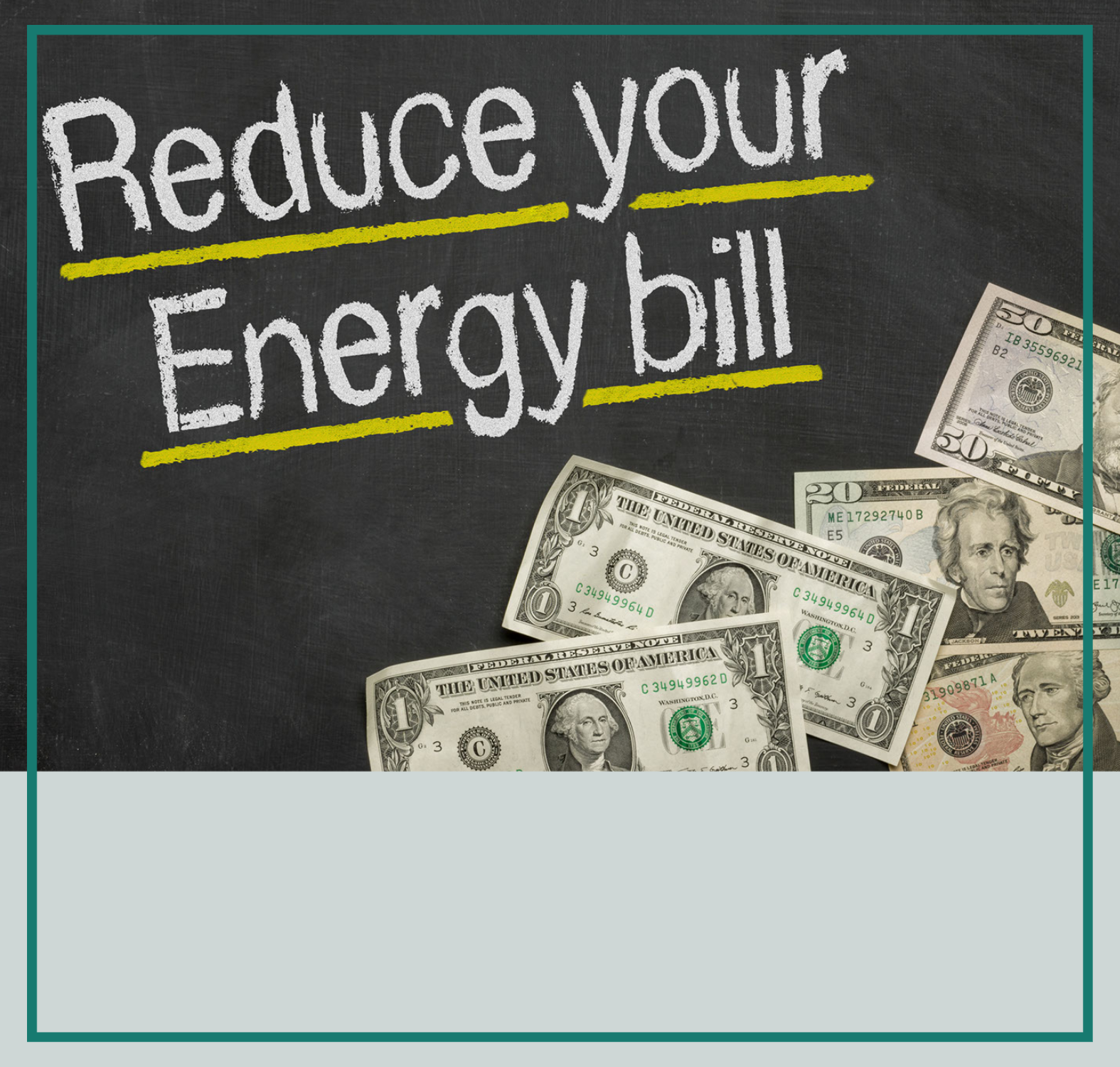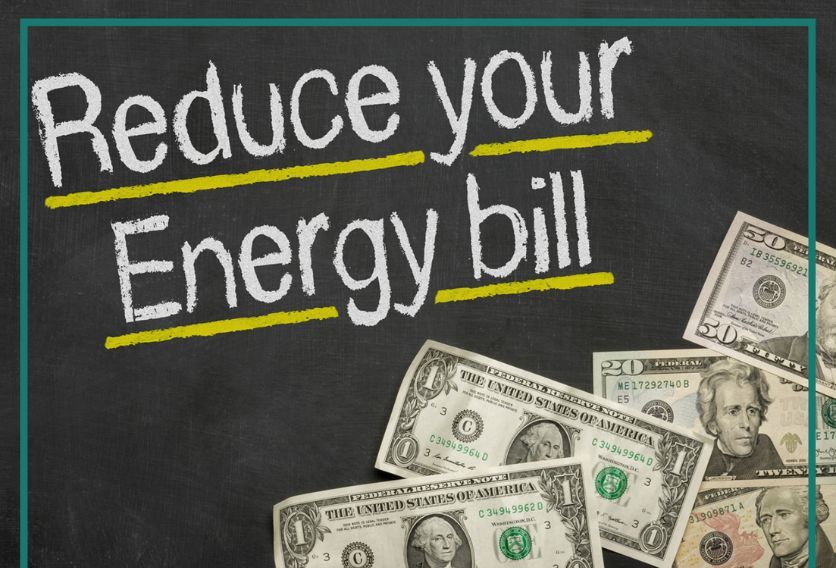10 Ways to Save on Your Next Energy Bill
10 Ways to Save on Your Next Energy Bill
August 26, 2022
Want to lower your home energy bills and be more environmentally friendly? Here are 10 simple ways to reduce energy waste, at home and at work:
1. Make the switch to LED. LEDs last at least 25 times longer and consume up to 90 percent less electricity than incandescent bulbs. By switching five of your home’s most frequently used bulbs with ENERGY STAR® certified LEDs, it’s possible to save $75 on energy costs annually.
2. Seal those leaks. On average, heating and cooling account for almost half of a home’s energy consumption. Take simple steps like caulking windows, sealing leaks and sliding draft guards under your doors to save up to 20% on heating costs.
3. Heat and cool efficiently. Don’t waste money heating or cooling an empty home. Install a programmable thermostat and in colder weather schedule your home’s heat to lower when you are away or asleep, and increase when you are returning home or waking-up. In warm weather, schedule the thermostat to raise the temperature when you are away or asleep, and lower it at other times.
4. Maintain your HVAC system. Make sure to clean or change your filters regularly. A dirty filter will slow down air flow, making the system work harder and costing you more money. Consider getting a tune-up.
5. Look for the ENERGY STAR® label. ENERGY STAR® windows can cut heating and cooling costs by as much as 30% compared to single-pane windows, while increasing indoor comfort and lessening fading of home furnishings.
6. Turn the electronics off. That sounds easy, but too often we forget and leave electronics plugged in that are not in use. A power strip can help turn off multiple items at once.
7.Winter tip: Invite the sun in. Open curtains/shades on your west-and south‑facing windows during the day to allow sunlight to naturally heat your home, and save 2%–12%.
8. Summer tip: Close blinds and shades. Excess sunlight will make it harder to keep your home cool and comfortable. During the day, keep your blinds and shades closed to prevent warm air from building up in your home.
9. Clean your clothing efficiently. A washing machine spends 90% of its energy to heat water. Consider using cold water instead. In addition, try to run full loads as much as possible, because the machine uses roughly the same amount of energy regardless of the load size.
10. Clean up your dishes efficiently. Avoid the “rinse hold” cycle and skip heated drying – simply open the door at the end of the washing cycle and let the dishes air dry!

OUR LATEST NEWS
[post-carousel-pro id=”983″]

 SmartHub Log-in
SmartHub Log-in